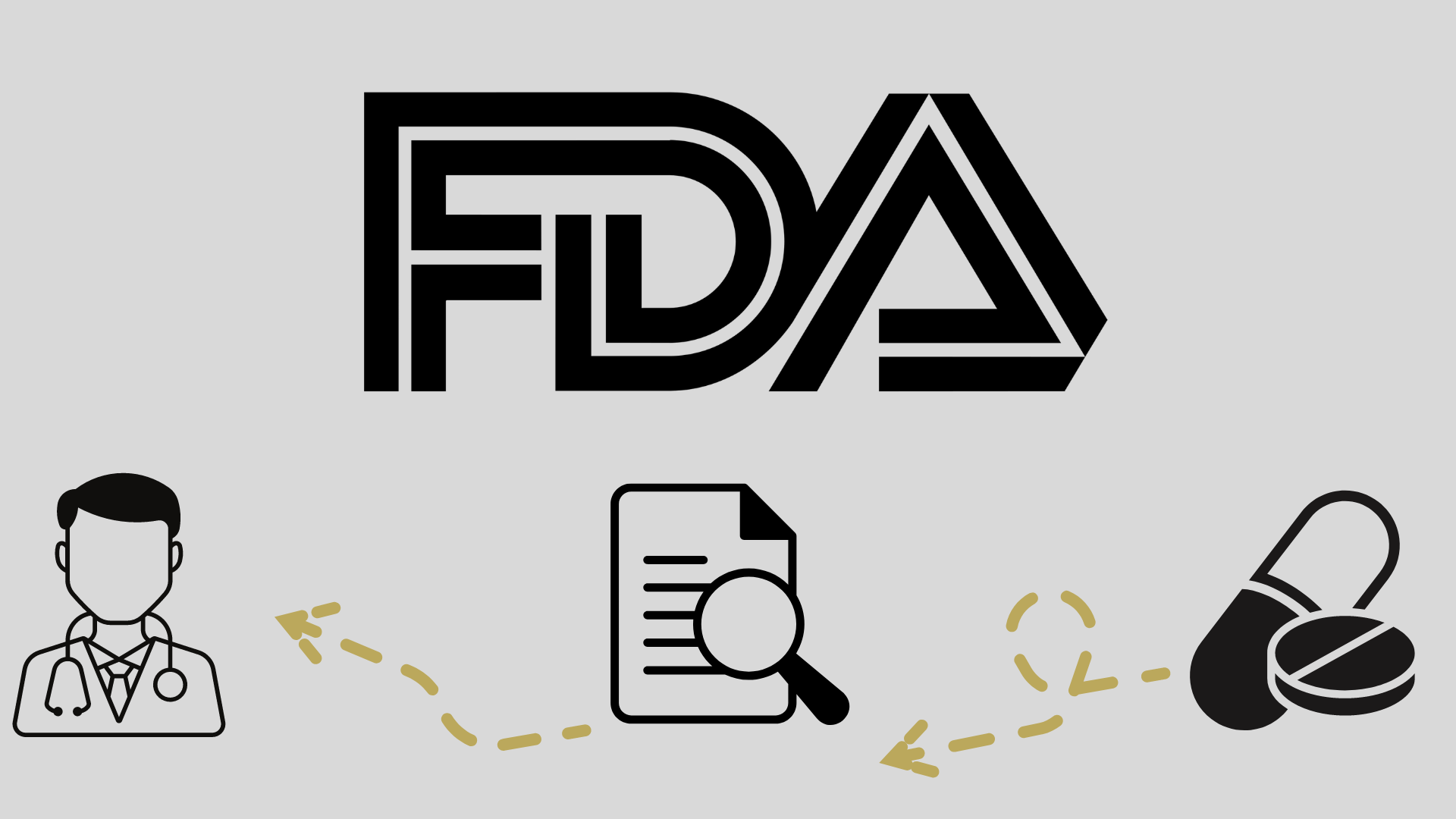
FDA Fast Tracks Innovative TIL Therapy OBX-115 in Advanced Melanoma

A fast track designation has been granted to OBX-115, a TIL cell therapy for the potential treatment of patients with advanced melanoma.
- The FDA has granted a fast track designation to OBX-115 for the treatment of metastatic melanoma that is refractory to or relapsed following treatment with PD-1/PD-L1–based immune checkpoint inhibitors.
- OBX-115 is tumor-infiltrating lymphocyte (TIL) cell therapy.
- A phase 1 trial (NCT05470283) in patients with metastatic melanoma is currently evaluating OBX-115, as well as a phase 1 trial (NCT06060613) in patients with non–small cell lung cancer (NSCLC) and other advanced solid tumors.
A fast track designation has been granted to OBX-115, a novel engineered tumor-derived autologous T-cell immunotherapy for the treatment of patients with locally advanced or metastatic melanoma that is refractory to or relapsed following treatment with PD-1/PD-L1–based immune checkpoint inhibitors.1
“FDA fast track designation underscores the ongoing unmet need for patients with melanoma that has progressed on or after immune checkpoint inhibitor therapy, agnostic of mutational status, and that OBX-115 may have the potential to address that unmet need,” said Madan Jagasia, MD, chief executive officer of Obsidian Therapeutics, in a press release. “OBX-115 is poised to be a transformative treatment option due to its patient-centric focus, including compatibility with core needle biopsy tumor tissue procurement and positively differentiated safety and tolerability profile relative to non-engineered TIL cell therapy.”
OBX-115, a TIL cell therapy, includes pharmacologically regulatable membrane-bound IL-15 (mbIL-15) and is currently being evaluated in 2 phase 1 clinical trials. The first is evaluating the agent for the treatment of patients with metastatic melanoma, and the second is for patients with NSCLC and other advanced solid tumors.
“We are highly encouraged by the most recent safety and efficacy data presented at the 2024 [American Society of Clinical Oncology (ASCO) Annual] Meeting. With this designation, we look forward to continued collaborative interaction with the FDA as we advance OBX-115 clinical development in the broad post-immune checkpoint inhibitor setting,” stated Jagasia in the press release.
During the 2024 ASCO Annual Meeting, findings from the phase 1 trial evaluating the agent in patients with unresectable or metastatic melanoma resistant to immune checkpoint inhibitors (n = 9) were reported, showing that among those treated with the combination of OBX-115 and acetazolamide had an objective response rate (ORR) of 44.4%.2 This included complete response and partial response rates of 22.2% each.
A total of 55.6% of patients had stable disease that lasted for at least 12 weeks. No patients had progressive disease, which translated to a disease control rate of 100%. Further, at 24 weeks, the progression-free survival (PFS) rate was 75%.
In this open-label, first-in-human trial, investigators are enrolling patients with advanced melanoma that is relapsed and/or refractory to immune checkpoint inhibitors. Enrollment is open to patients with at least 1 lesion for tumor tissue procurement for the manufacturing of OBX-115, an ECOG performance status of 0 to 1, and 1 or more remaining lesion to assess response per RECIST 1.1 criteria. Patients with mucosal melanoma, uveal melanoma, and other high-risk diseases were eligible for enrollment following the establishment of OBX-115’s initial safety. The same went for patients with genomically equivalent mutations.3
The study’s primary end points are safety/tolerability and establishing the recommended doses of OBX-115. Secondary end points include ORR, duration of response, and PFS.
Additional findings showed that all patients experienced tumor burden reduction. Among those given 30 billion cells at OBX-115 infusion (n = 6), the ORR was 50%.2
For safety, at a median follow-up of 29.5 weeks (range, 13.0-69.3), there was no treatment- or disease-related mortality reported. None of the patients required admission to an intensive care unit, there were no dose-limiting toxicities reported, and there were no cases of cytokine release syndrome, immune effector cell-associated neurotoxicity syndrome, or capillary leak syndrome.
Seven patients given outpatient acetazolamide redosing at week 6 did not experience any adverse effects (AEs). AEs also did not result in any treatment discontinuation.
There were no grade 4 or higher nonhematologic treatment-emergent AEs (TEAEs) observed among those in the study. Among all evaluable patients (n = 10), nonhematologic TEAEs seen consisted of increased alanine aminotransferase (any grade, 40.0%; grade 3, 10.0%), abdominal pain (10.0%; 10.0%), and syncope (10.0%; 10.0%).
Hematologic AEs were consistent with the known safety profile of lymphodepletion. Grade 1/2 rash or pruritus was reported in 8 patients. Four patients experienced grade 1/2 uveitis/iritis, and 1 of these patients had grade 3 optic neuritis, which later resolved.








































